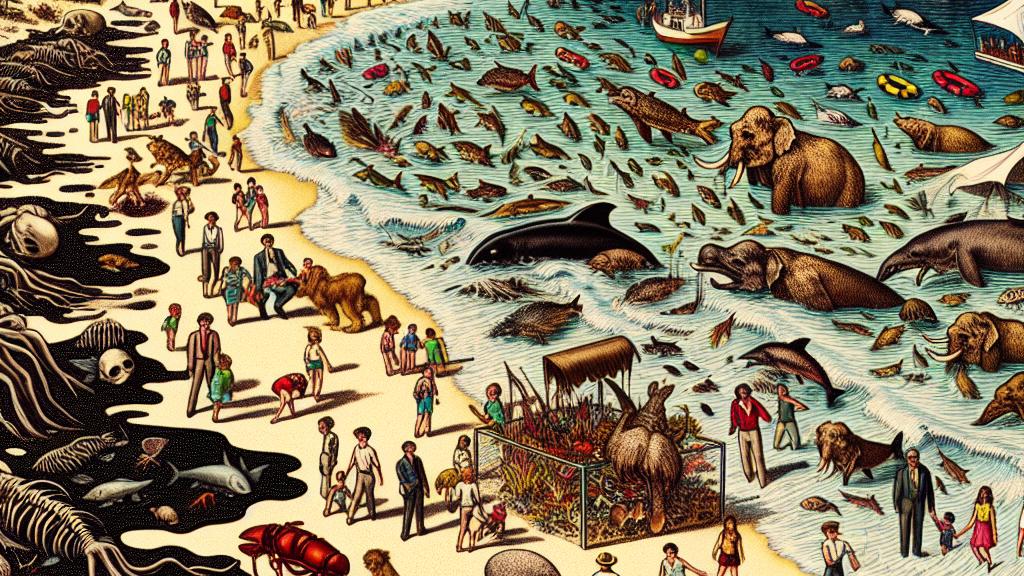How Nanomaterials Can Help Clean Up Oil Spills Along the Coast
Overview
- Nanomaterials are revolutionizing the response to oil spills by making cleanup more effective and eco-friendly.
- Their unique properties enable impressive rates of oil absorption and decomposition.
- With their potential for widespread application, they could greatly protect coastal ecosystems.

The Promise of Nanomaterials
Imagine your favorite beach, bustling with families and vibrant marine life, suddenly marred by an oil spill. The implications are dire, affecting not only wildlife but also local livelihoods. Thankfully, researchers are now turning to nanomaterials—particles so tiny they can barely be seen—to tackle this environmental crisis. These innovative materials have demonstrated remarkable abilities to absorb oil quickly and more thoroughly than conventional methods. For example, recent studies have documented their success in laboratory settings, where they can clean up oil spills efficiently, ushering in a new era of disaster response.
Innovative Techniques for Cleanup
What's particularly exciting about nanomaterials is their versatility in various cleanup approaches. Let's take a closer look: clay-based nanomaterials, for instance, can stabilize oil droplets in water, promoting bacterial growth that breaks down oil into safer compounds. This process not only detoxifies the spill but also enhances sea life recovery—talk about a win-win! Furthermore, integrating nanomaterials with dispersants creates a system that allows millions of tiny oil droplets to form, drastically increasing the surface area available for natural biodegradation. Just picture a bustling community of microbes working overtime to restore balance to their habitat!
Importance of Real-World Testing
However, despite the promising lab results, transitioning these findings into real-world efficacy is crucial. Shockingly, around 90% of the research on nanomaterials has yet to undergo field testing, which could lead to gaps in how they perform in the unpredictable ocean environment. Real-life situations often present challenges that controlled settings cannot replicate, so it's essential that we test these materials in actual spill scenarios. By doing so, we can better understand their capabilities and potential risks, thus ensuring that we protect marine ecosystems while effectively cleaning oil.
A Call for Action and Collaboration
Ultimately, the journey from promising research to practical application does not rest solely on scientific discovery. We must foster collaboration among scientists, government officials, and industry leaders to bring these innovative solutions into action. Together, we can weave nanotechnology into existing oil spill response strategies and formulate new policies that prioritize environmental protection. The clock is ticking as we face growing threats to our coastlines. By leveraging the power of nanomaterials, we stand at a fundamental crossroads: one that can lead to effective remediation of oil spills and a brighter future for coastal ecosystems. Let's take this opportunity to act decisively and embrace the potential of science!

Loading...